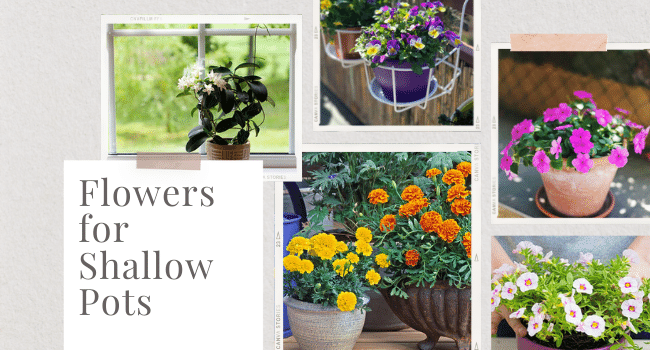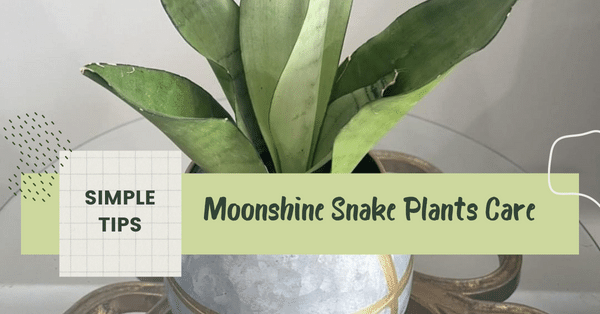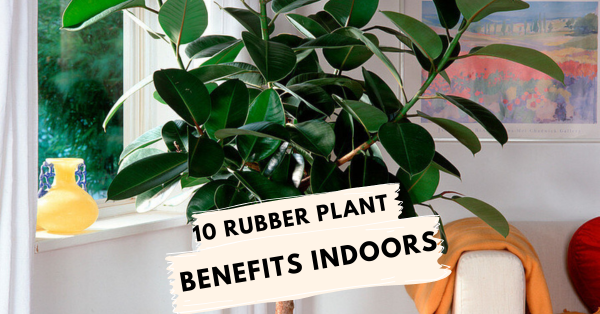How to Grow Bell Peppers in Pot | Bell Pepper Care
Learn how to Grow Bell Peppers in Pot to savor this wonderful fruit’s sweet, mild flavor. Crunchy and juicy bell peppers are flavorful, especially when homegrown.
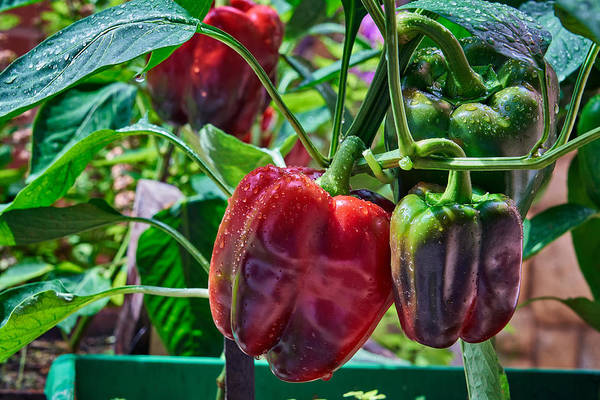
Botanical Name: Capsicum annuum
Common Names: Paprika, Sweet pepper, Pepper, Shimla mirch, or Capsicum
Bell peppers are sweet, unlike hot peppers with traditional spiciness and heat. Eaten both raw and cooked, bell peppers are widely considered to be vegetables but are fruit. Although bell peppers are a warm-weather crop, you can grow them in temperature zones as annual. Without further ado, here is all you need to know about growing bell peppers in a pot.
How to Grow Bell Peppers in Pot
Bell peppers grow in tropical regions all year round, but spring is the ideal time in temperature zones. If you are short on space or live in temperature zones, grow bell peppers in a pot. Choose a large container with drainage holes and fill it with well-draining organic potting mix. Water thoroughly to keep the soil moist but don’t let it become soggy. For optimum yield, locate the pot in direct light for most of the day.
Propagating Bell Peppers
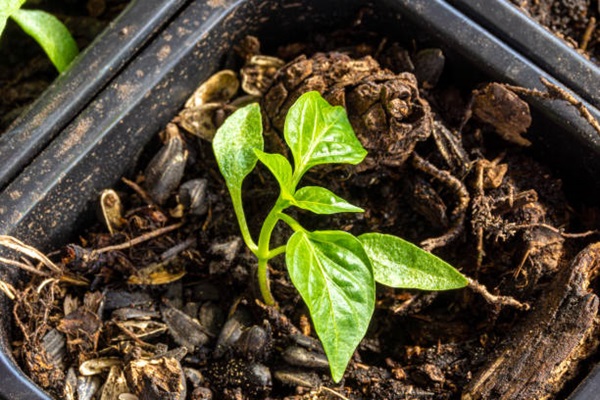
Propagate the bell pepper from seeds or get the plant directly from the nursery; both are viable options. You can harvest the seeds from bell pepper fruit or get them from a nursery or trusted online vendor.
Propagating Bell Peppers from Seeds:
- Get seed starter trays, small pots, or plastic cups to sow bell pepper seeds.
- Plant the seeds 2 to 3 cm deep in seed starter mix indoors six to eight weeks before the last frost date (temperature zones).
- Keep the starter mix moist and cover it with a plastic sheet to create a greenhouse effect.
- Within a couple of weeks, the seeds will sprout, remove the plastic sheet and thin out the seedlings.
- Keep the strongest seedling, and in about 6 to 8 weeks, transplant one seedling per pot into larger pots.
- Locate the pots at a spot where it receives direct light most of the day while keeping potting mix consistently moist.
- Move the pot outdoors once all danger of frost has passed.
NOTE: In tropical regions, you can grow bell peppers outdoors from the start at any time of the year
Choosing the Container
You can propagate the seeds in small pots or plastic cups with drainage holes at the bottom. Once the seedlings are ready to transplant, choose a pot 12 to 16 inches in diameter as mature bell peppers will fill out the pot. You can choose almost any material, but plastic and metal pots or wooden barrels are ideal as they won’t dry fast and keep the soil moist for long.
Location
Hailing from tropical regions, bell peppers thrive in full sun so locate the pot in a sunny spot. Ideally, 6 to 8 hours of direct sunlight is ideal for growing bell peppers. South-facing windows, porch, well-lit balcony, or driveway are some good spots.
Soil
Choose a well-draining potting medium that’s rich in organic matter. Go for an organic potting mix that contains nutrients and is formulated for the container. Add aged compost to the potting mix to increase nutrient availability and organic matter in the soil.
Watering
Container-grown plants require more water, so it’s vital to check the soil regularly to see if bell pepper requires watering. The rule of thumb is to check that the soil is dry an inch below the surface before watering to prevent overwatering. Watering at the base of the plant early in the morning is ideal.
Temperature
Bell peppers produce the best yield in temperatures ranging from 65 to 80 degrees F. Slight deviation from the temperature range is fine, but too much hot or cold will affect the yield adversely. Move the pot indoors when the temperature falls below 50 degrees F or rises above 90 degrees F.
Bell Peppers Care in Pot
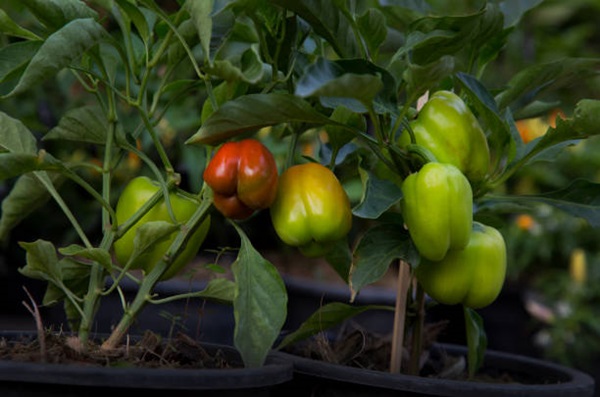
Mulching
Mulching will prevent the water from evaporating quickly and protect the bell pepper from cold and heat. Grass clippings, leaves, hay, straw, bark, or other organic material are ideal for mulching at the base.
Pruning
Cut back the dead and decaying foliage with sharp pair of shears to redirect plants’ energy toward healthy growth. Also, snip off the bell pepper flowers if they grow in the early stages.
Staking
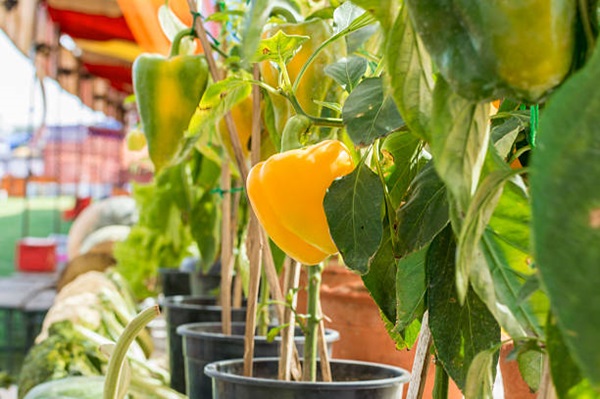
Staking isn’t necessary, but it’ll keep bell pepper upright and prevent toppling. Install a stake in the container at the time of planting to provide support to the bell pepper plant.
Fertilizer
Fertilize twice a month in the growing season using a well-balanced organic fertilizer formulated for fruits and vegetables. Adding compost tea, manure tea, or fish emulsion to the potting mix, especially during flowering, improves yield. Make sure the fertilizer is well balanced and does not contain an excess of nitrogen which you can check by the NPK ratio.
Harvesting
Use a sharp knife or pruning shears to harvest bell peppers when green or wait for them to turn yellow and then red. Ripened red bell peppers are sweeter compared to when bell peppers are green. Depending on the variety, it takes anywhere from 60 to 90 days for bell peppers to be ready for harvest.
Pests & Diseases
Common garden pests such as aphids, mites, mealybugs, and flea beetles can cause damage to both foliage and bell pepper fruits. Be on the lookout for such pests and spray soap or neem oil solution over the plant to get rid of water. Giving the plant a thorough bath under the shower will eliminate such pests. Apart from root rot caused due to overwatering, bell peppers generally remain disease-free.
Grow Bell Peppers Indoors in Pot
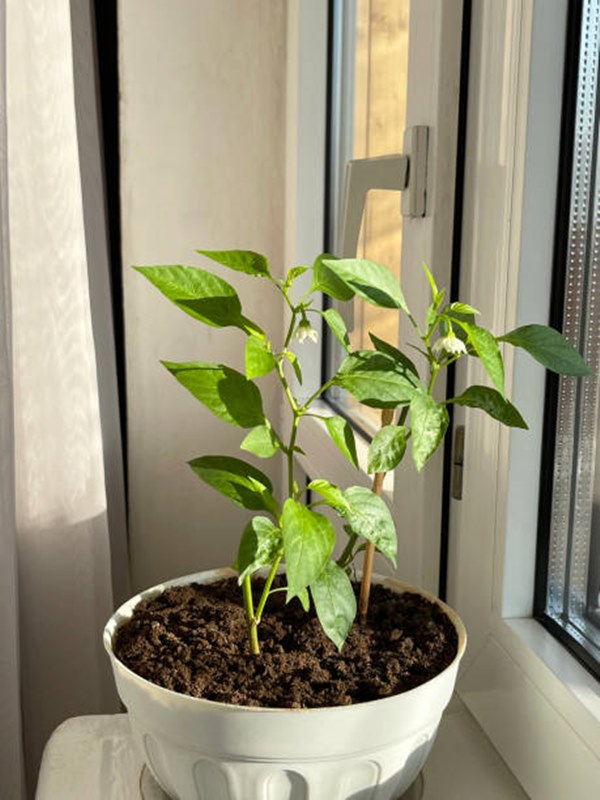
Growing bell peppers indoors have the same care requirements as growing bell pepper outdoors. Seeds germinate easily indoors, and seedlings do well in bright indirect light. But once you transplant young bell pepper into a large container, it requires direct sunlight for proper growth. Locate the pot at the south-facing window where it receives direct sunlight or any other spot which receives direct sunlight. Although bell peppers can grow indoors without direct light, they won’t fruit.
